Tire maintenance & safety
Tire Pressure Basics: 5 Tips Every Car Owner Should Know

Best price guarantee
Tire replacement coverage
24/7 roadside assistance
Easy returns
Tire maintenance & safety

Maintaining proper tire pressure is an important aspect of vehicle safety and performance that often goes overlooked. Many drivers are unaware of the significant impact tire pressure has on their car's handling, fuel efficiency, and tire longevity.
Regularly checking and adjusting tire pressure is a simple yet essential task every car owner should prioritize. By dedicating just a few minutes each month to this maintenance task, drivers can enjoy a safer, smoother, and more economical driving experience.
In this article, we'll dive into the importance of tire pressure and provide you with practical tips to help you keep your tires properly inflated. From understanding the recommended PSI for your vehicle to recognizing the signs of improper inflation, we've got you covered.
Tire pressure refers to the amount of air inside your vehicle's tires, measured in pounds per square inch (PSI). It plays a crucial role in how your car handles, brakes, and performs on the road. Maintaining the correct tire pressure is essential for several reasons:
1. Safety: Properly inflated tires provide optimal traction, handling, and braking performance. Underinflated tires can cause poor handling, longer stopping distances, and even tire failure, while overinflated tires may lead to a harsher ride and reduced traction.
2. Fuel efficiency: When tires are underinflated, they create more resistance against the road, causing your engine to work harder and consume more fuel. By keeping your tires at the recommended pressure, you can improve your vehicle's fuel economy and save money at the pump.
3. Tire longevity: Proper inflation helps distribute the vehicle's weight evenly across the tire's tread, promoting even wear and extending the tire's lifespan. Underinflated tires can cause excessive wear on the outer edges, while overinflation leads to faster wear in the center of the tread.
The recommended tire pressure for your specific vehicle can be found in the owner's manual or on a sticker located on the driver's side door jamb. It's important to note that the PSI listed on the tire's sidewall is the maximum pressure the tire can safely hold, not the recommended pressure for your vehicle.
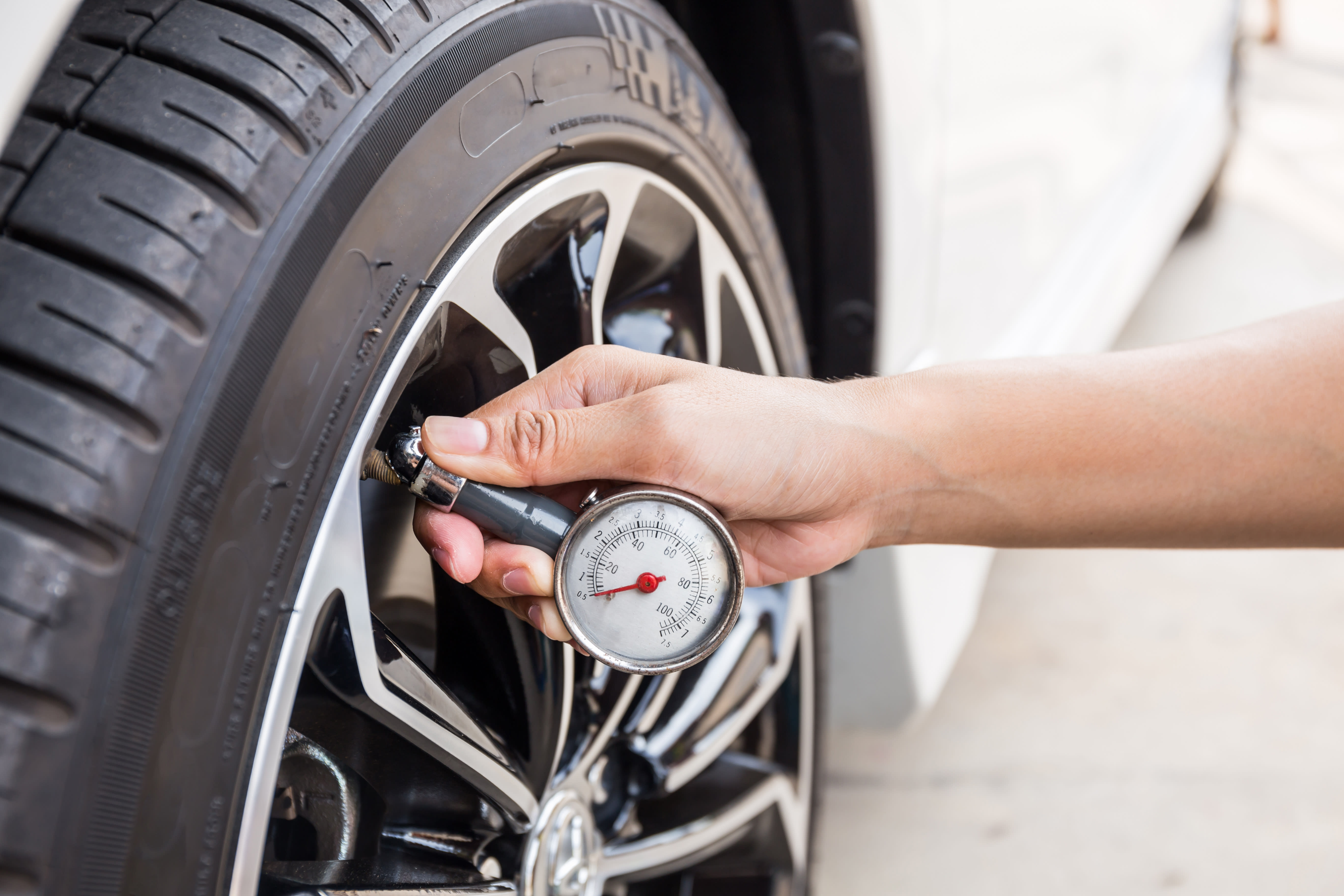
Ensuring your tires are properly inflated involves regular attention and care. Start by recognizing the significance of frequent inspections. These checks can prevent unexpected issues on the road and contribute to a smoother driving experience. Tires naturally lose air over time, especially with temperature fluctuations. Regular monitoring allows early detection of potential problems like leaks or uneven tread wear, which might suggest alignment concerns.
To obtain precise readings, rely on quality tools, particularly a dependable tire pressure gauge. Opt for digital gauges for their accuracy and simplicity, as they deliver fast and clear results. Measure tire pressure when the tires are cold—ideally before driving for the day or after the car has been parked for several hours. This approach ensures that the tire pressure is assessed without the influence of heat from recent driving. Consistently using the same gauge helps maintain accuracy across checks.
Integrating these practices into your routine is both easy and effective. By prioritizing regular inspections with the appropriate tools, you enhance your vehicle's reliability and performance. These methods, though straightforward, offer significant advantages for overall vehicle maintenance.
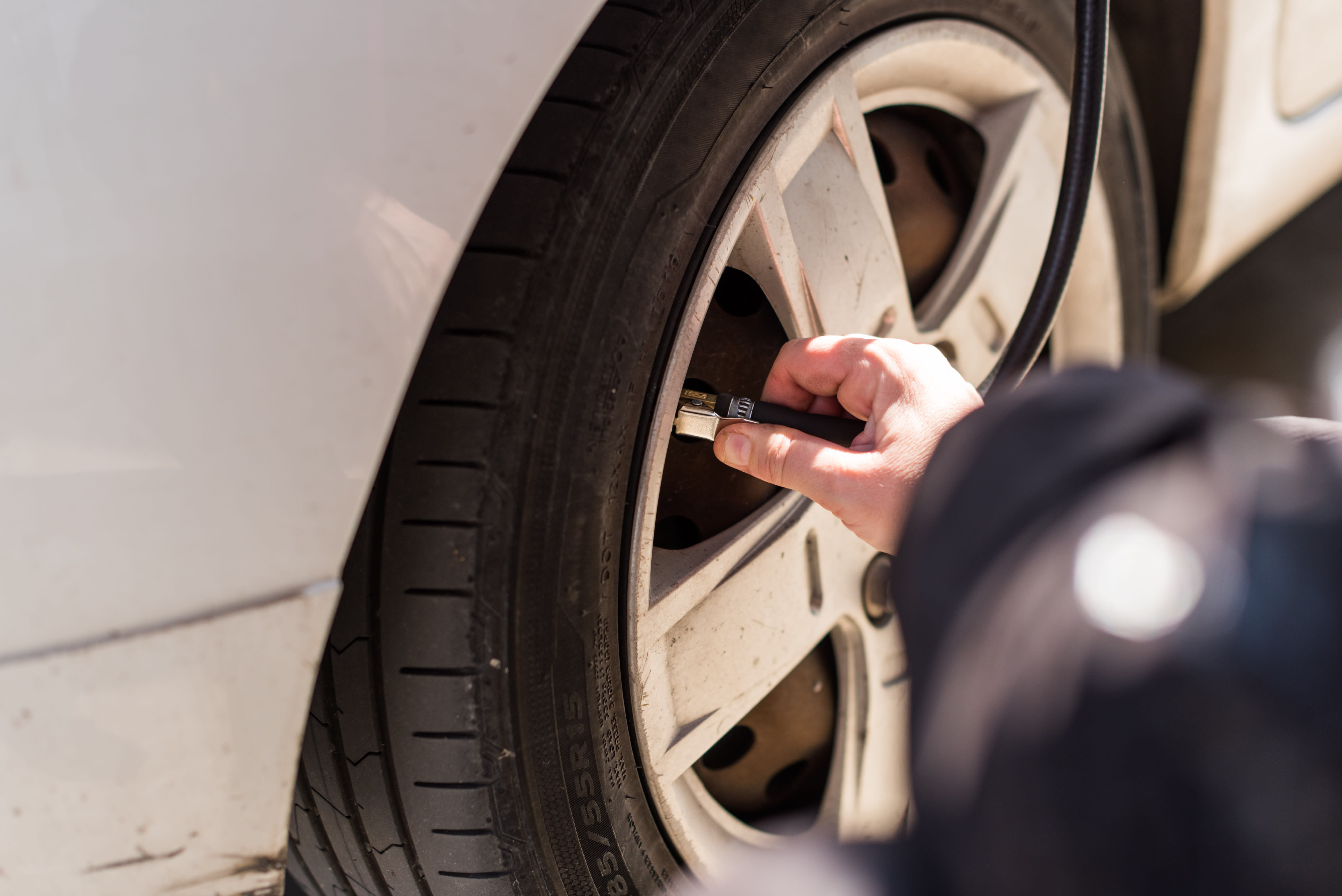
Understanding the specific PSI requirements for your vehicle is crucial in maintaining optimal tire performance. Each vehicle type, whether it's an SUV, sedan, or truck, comes with its own set of specifications designed to ensure safety and efficiency. To find the correct PSI, look for the information on the tire placard, often located on the door frame of the driver’s side. This detail reflects the manufacturer's recommendations, tailored to the vehicle’s weight distribution and handling characteristics.
Different types of vehicles demand different PSI levels due to their unique designs and uses. For instance, an SUV typically requires a higher PSI compared to a compact car because of its larger size and weight. These variations ensure that the tires support the vehicle’s load and provide stable handling. Ignoring these specifications can lead to uneven tire wear and potentially compromise your vehicle’s safety features.
It's essential to distinguish between the optimal PSI for your vehicle and the maximum PSI noted on the tire itself. The sidewall number indicates the highest pressure the tire can endure under maximum load, not the ideal level for regular driving conditions. Overinflating to this maximum level can lead to reduced grip and a less comfortable ride. Adhering to the specified PSI ensures that your tires perform as intended, contributing to a smoother and more controlled driving experience.

Frequent tire inspections are necessary to maintain vehicle safety and performance. By integrating these checks into your regular maintenance routine, you can ensure optimal tire function and avoid issues that may arise from neglect. Consistent monitoring helps in identifying any deviations from the recommended pressure early on.
Select a reliable pressure gauge to achieve precise tire pressure measurements. Dial or digital gauges are preferred for their accuracy and ease of use. Conduct these checks when the tires are cool to capture the most accurate readings, as ambient temperature can significantly affect pressure levels. This practice ensures that adjustments are based on the true condition of the tires.
Taking a proactive approach to tire pressure management can also complement your vehicle's tire pressure monitoring system (TPMS). While TPMS provides valuable alerts, it may not always catch minor fluctuations that could escalate if left unaddressed. Regular manual checks ensure that even slight pressure variances are corrected promptly, maintaining your vehicle's performance and safety.
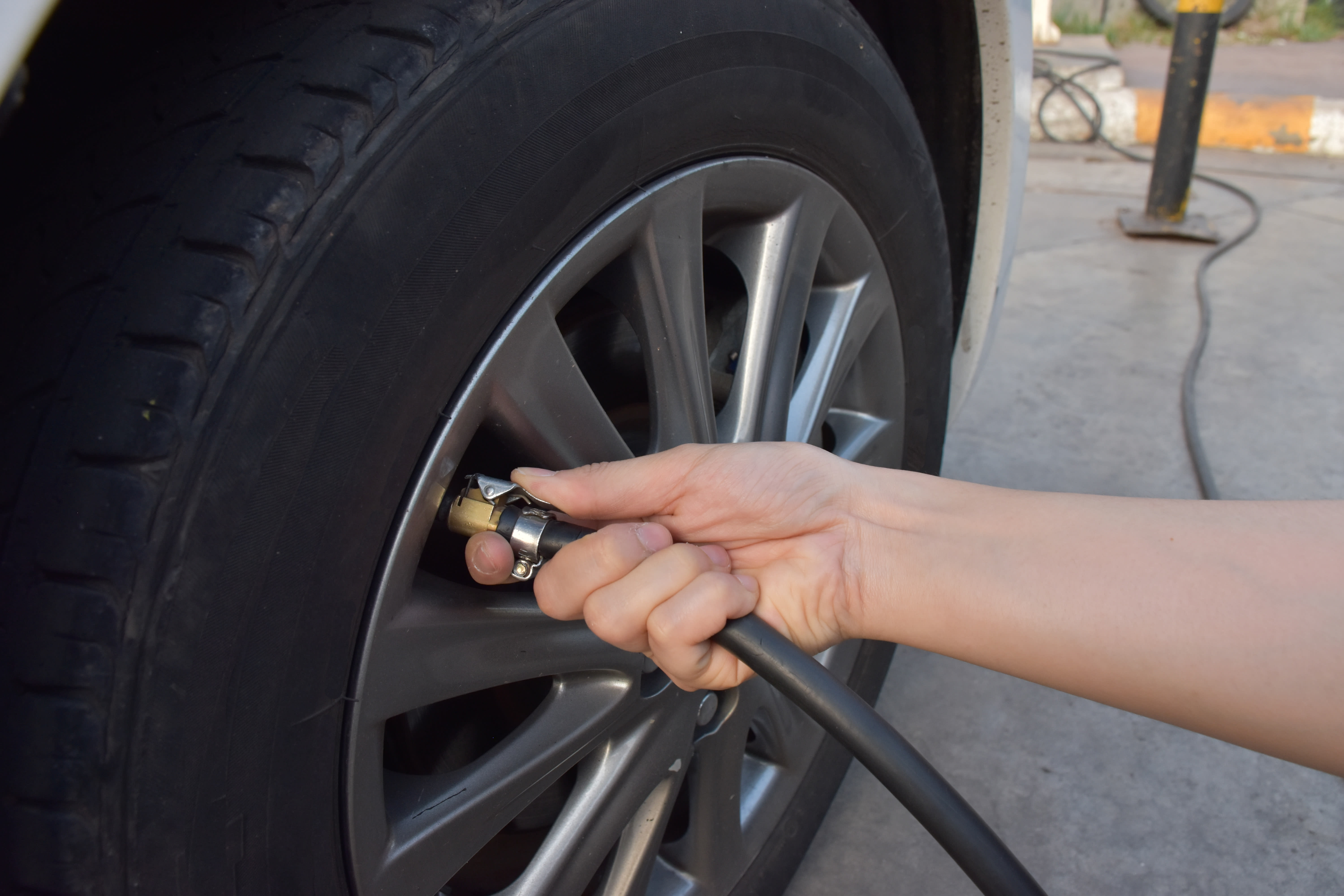 After determining your tires' current PSI, you can fine-tune the pressure to meet the specific recommendations for your vehicle. This involves either adding or releasing air to align with the ideal pressure levels. Achieving the correct inflation enhances your vehicle's stability and extends tire life, ensuring optimal performance.
After determining your tires' current PSI, you can fine-tune the pressure to meet the specific recommendations for your vehicle. This involves either adding or releasing air to align with the ideal pressure levels. Achieving the correct inflation enhances your vehicle's stability and extends tire life, ensuring optimal performance.
For adding air, consider using a portable air compressor, which offers a practical way to maintain tire pressure without needing a trip to a service station. Simply connect the compressor to the valve stem and inflate until reaching the specified PSI. This device is particularly useful for routine maintenance, allowing adjustments as needed.
When it comes to releasing excess air, carefully press the valve stem to reduce the pressure, intermittently checking to avoid over-deflation. If you're uncertain about making these adjustments yourself, service stations provide professional assistance. By keeping your tires properly inflated, you enhance your vehicle's readiness for different seasons and road conditions, contributing to a safer and more comfortable drive.
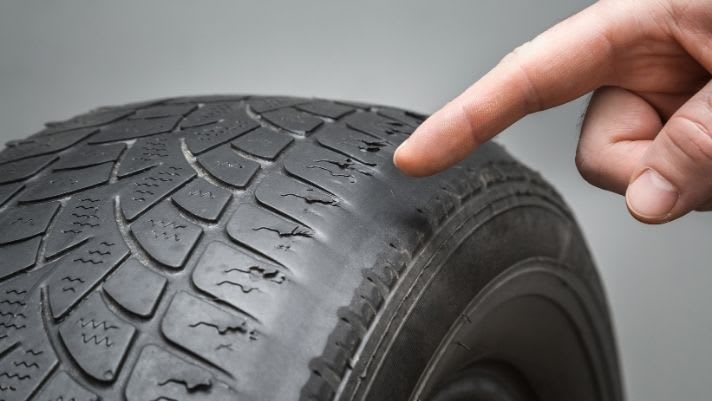
Identifying symptoms of incorrect tire pressure is vital for ensuring both vehicle safety and optimal performance. When tires are underinflated, they may show visible signs like sagging sidewalls and uneven tread wear, which can indicate increased rolling resistance. This condition can lead to excessive heat buildup, risking tire failure. Drivers might feel a sluggish response in steering or notice the vehicle pulling to one side, signaling that the tires aren't adequately inflated.
On the other hand, overinflated tires may present a different set of challenges. The excessive pressure can cause the tire's center to bear most of the load, leading to uneven wear and a harsher ride. Drivers may experience a less comfortable drive, with more pronounced vibrations when navigating bumpy roads. Reduced traction is another concern, as the tire's contact patch with the road is minimized, potentially affecting braking efficiency and vehicle control, especially in wet conditions.
Regularly observing these indicators helps in addressing any tire pressure issues promptly. Conducting visual inspections for signs of damage or irregular wear is beneficial. Maintaining awareness of any changes in how the vehicle handles, such as unexpected vibrations or pulling, can provide early alerts to pressure problems. By staying attentive to these cues, you can ensure that your tires remain in excellent condition, supporting overall vehicle safety and reliability.
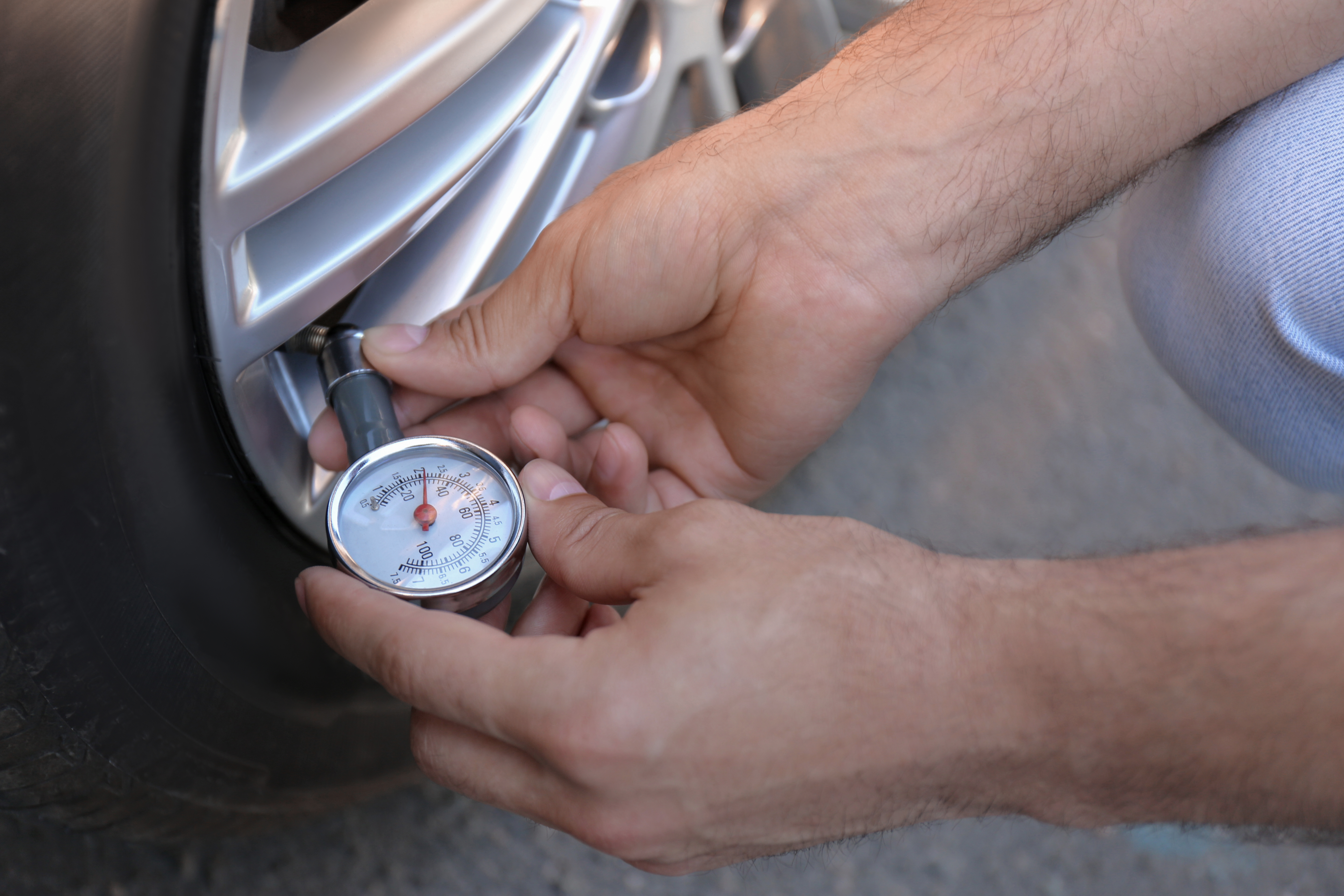
Scheduling tire pressure checks as part of your monthly vehicle maintenance routine helps keep your car in optimal condition. Regularly inspecting tire pressure ensures that your vehicle operates safely and efficiently, reducing the risk of performance issues on the road. This proactive approach supports not only safety but also contributes to the durability of your tires.
Having a tire pressure reference guide readily available—perhaps stored in your car or garage—can streamline the maintenance process. This guide provides easy access to information on your vehicle's specified PSI, aiding in accurate pressure adjustments. Pairing this with a dependable tire pressure gauge ensures that you are prepared to perform checks whenever necessary.
Consistent monitoring of tire pressure is crucial for maintaining tire integrity and enhancing vehicle performance. Routine evaluations help identify slow pressure changes that may not immediately trigger alarm systems. By staying attentive, you can manage minor issues before they escalate, ensuring a smoother, more reliable driving experience.
Proper tire pressure is essential for a safe, comfortable, and efficient driving experience. By following these five tips and making tire pressure checks a part of your regular maintenance routine, you can ensure your vehicle performs at its best. When it's time to replace your tires, we invite you to shop for tires online and discover the best deals with us at SimpleTire.
Search By